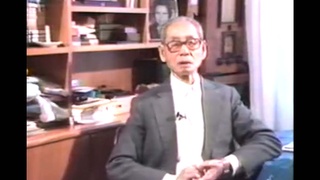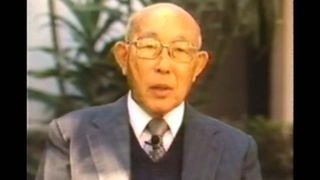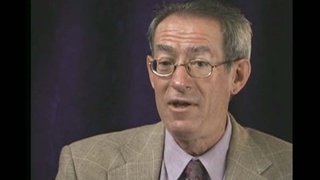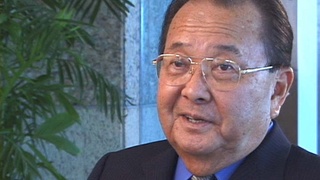Interviews
The Kids and Japanese Language (Japanese)
(Japanese) I had 4 children. Girl, boy, girl, boy in that perfect order. I was lucky. Two of them were born in Japan, and the other two were born in California.
I did want them to speak Japanese, so I wrote the Japanese phonetics and put it on the wall to teach them in the beginning. Eventually they forgot, or rather… There was a Japanese language school in Santa Maria. We took the kids there on Saturdays. But back then I was working at a tailor. The owner had moved to Los Angeles and I took over the store, which made it impossible for me to take my kids to Japanese school on Saturdays. My husband helped in the beginning, but they quit eventually. They kind of stopped speaking Japanese, so they can’t really speak.
Date: February 6, 2015
Location: California, US
Interviewer: Izumi Tanaka
Contributed by: Watase Media Arts Center, Japanese American National Museum
Explore More Videos


Delivering know-how to the next generation (Japanese)
(1911-2010) Founder of JACTO group

Life as a student in São Paulo (Japanese)
A central figure for the “Makegumi” (defeatists)


Closing the Japanese school and deportation (Spanish)
(b. 1932-2016) Peruvian painter








Parents were willing to send her to medical school
(1913-2013) Doctor specializing in obstetrics in Southern California

Getting good guidance
(1913-2013) Doctor specializing in obstetrics in Southern California

Being enlisted into the Japanese Army
(1928 - 2008) Drafted into both the Japanese Imperial Army and the U.S. Army.
